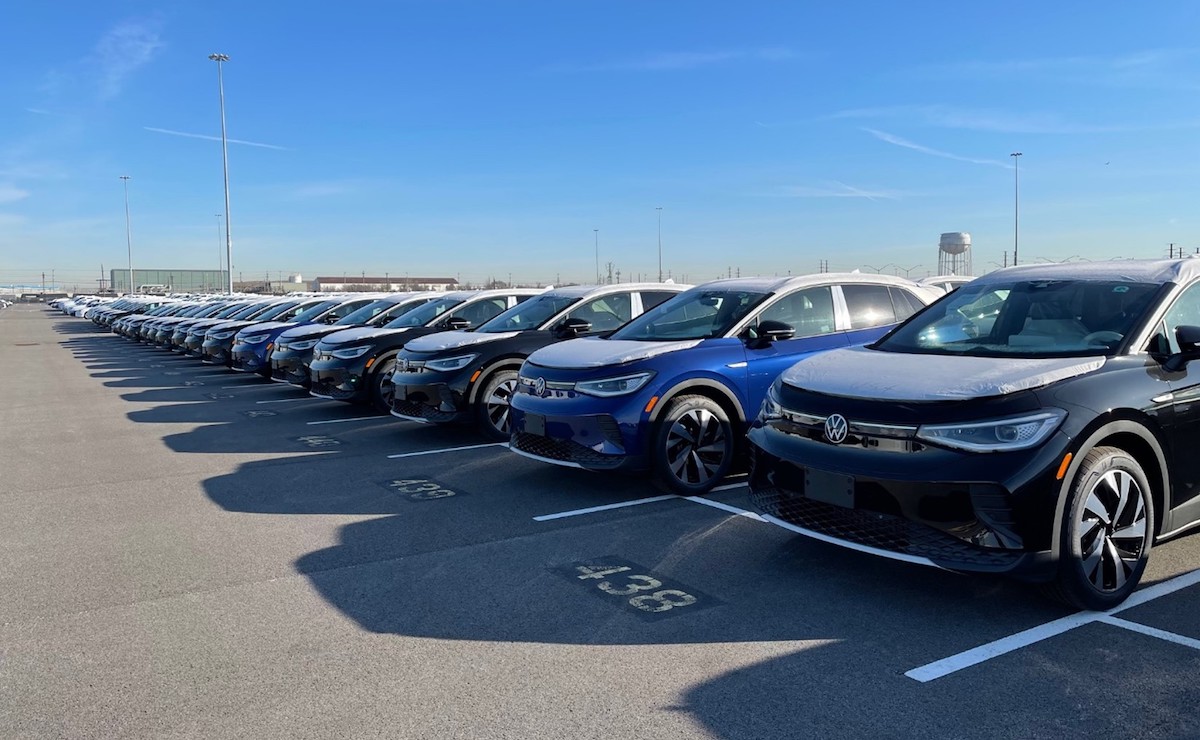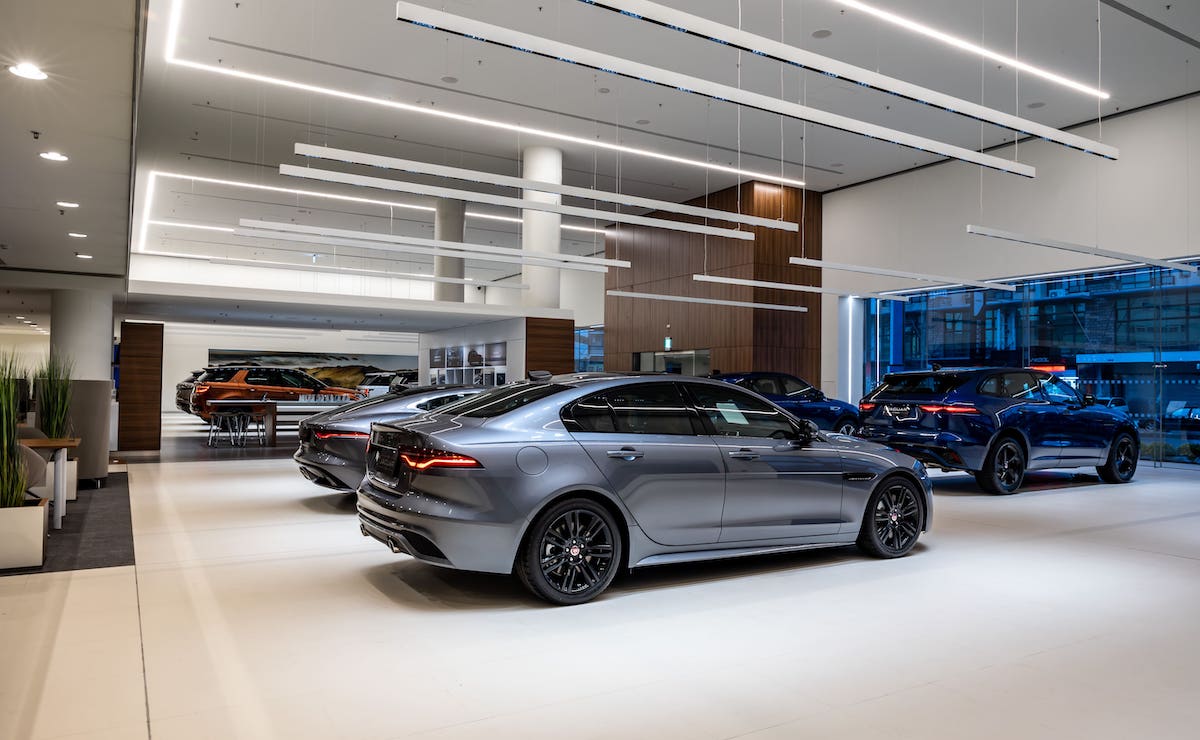Everyone knows that countries around the world successively set the timetable of “zero-emission” regarding the carbon emission standard for vehicles in the past few years. That is to say that all new cars will be pure electric in the new era. To view from regions, EU and California, USA clearly stated that all new cars must be zero-emission since 2035, and other regions are also putting efforts to plan in this direction. And the timetable will be much clear If viewing from brands…
- Every new car model introduced by Mercedes-Benz and Jaguar would be pure electric since 2025.
- Since 2026, all new car models introduced by Audi will be pure electric, and all car models will pure electric after 2033.
- Pure electrics sales percentage of each brand in 2030… Volvo 100%, Lexus 100% in Europe, USA, and China, etc., Porsche 80%, VW/BMW/Nissan 50%, Stellantis Group 100% in Europe and 50% in USA, Toyota 33%.
- Since 2035, all cars sold by GM will be pure electric.

The brands mentioned above account for most of the sales around the world, and it’s also more than half in Taiwan; And it’s clear to see that most brands directly set 2030 or even earlier to transform the product portfolio to be BEV-centered. In Taiwan, The National Development Council revealed the timetable of net zero emissions in February, and the expectation value of BEVs sales percentage is 30% in 2030, 60% in 2035, and 100% in 2040. On the whole, 2030 will be the key timing; and when it comes to 2035, there are many ICE cars registered after 2030 expiring the warranty period successively, that will leave the dealers’ service system. At the same time, the percentage of BEVs in sales will be more than half of the market, and the commercialization of autonomous driving vehicles has already been mature for years. This situation is sure to cause the massive transformation for the operating model of dealers, and I believe that this qualitative change will start from 2025.

The investment of establishing a full-fledged auto outlet has been raised from 50~200 million NTD ten years ago to 100~500 million NTD nowadays (estimated, exclude the cost of land acquirement). The amortization time period can usually be acknowledged as 10 years for building, 8 years for equipment, and 5 years for decoration/furniture. In With this huge amount of amortization cost, plus the cost of rental, personnel, and operation, the profit will be shrunk massively by selling ICE cars, not to mention the BEVs in the next decade!? I suggest that dealers of all brands should take some issues into consideration if they want to invest in new outlets in the future…
- The performance of maintenance/ body & paint shops will begin to drop gradually after 2026, and drop to 70% compared to nowadays in 2030, and will be less than 50% compared to nowadays in 2035.
- The gross margin of selling new cars will be the same or drop slightly, but average car prices will gradually increase due to the upcoming intelligent electrified era.
- Be more financially sensitive when building huge showrooms.
- The flexible utilization and resale of test drive cars will be the key of customers satisfaction and cash flow operation.
- Fast-charging poles will be essential, for owners of the brand or owners of other brands.
- Cultivate digital marketing talents and product experts of automotive technology.